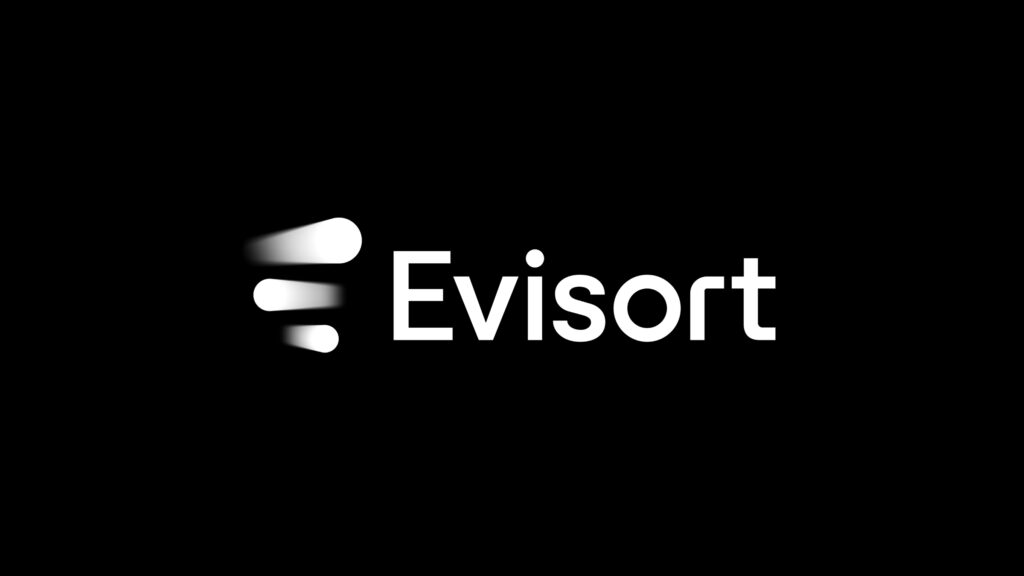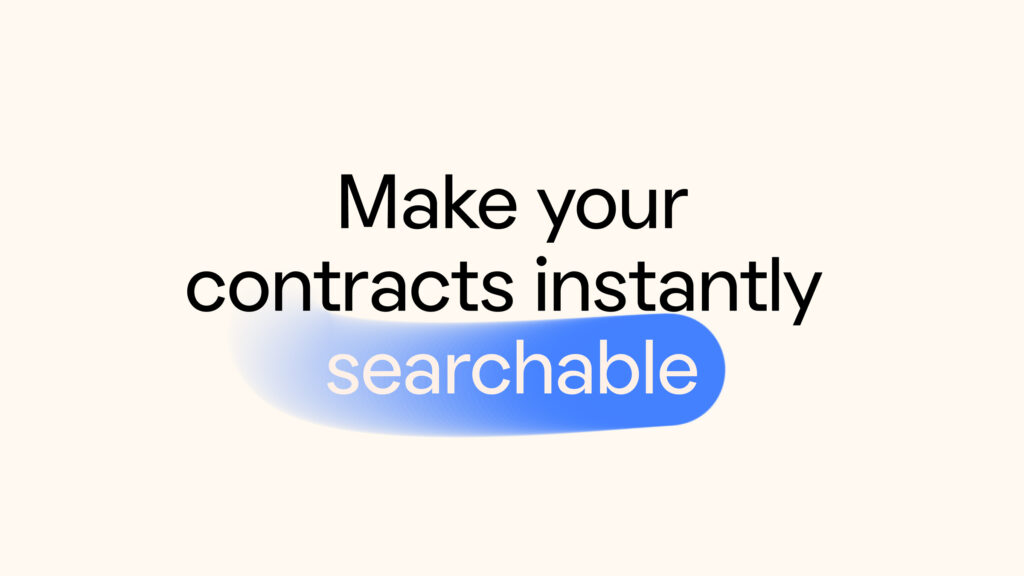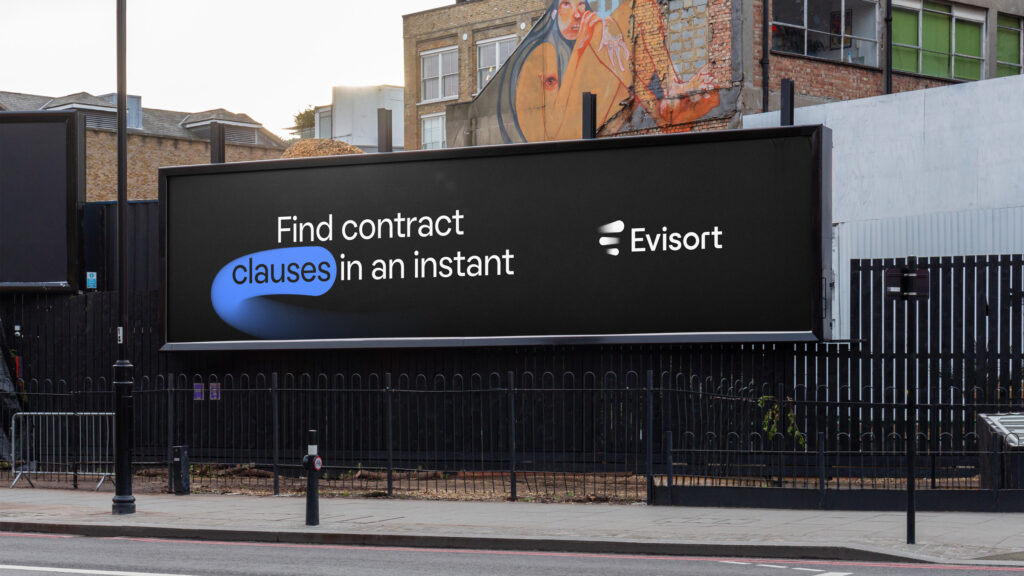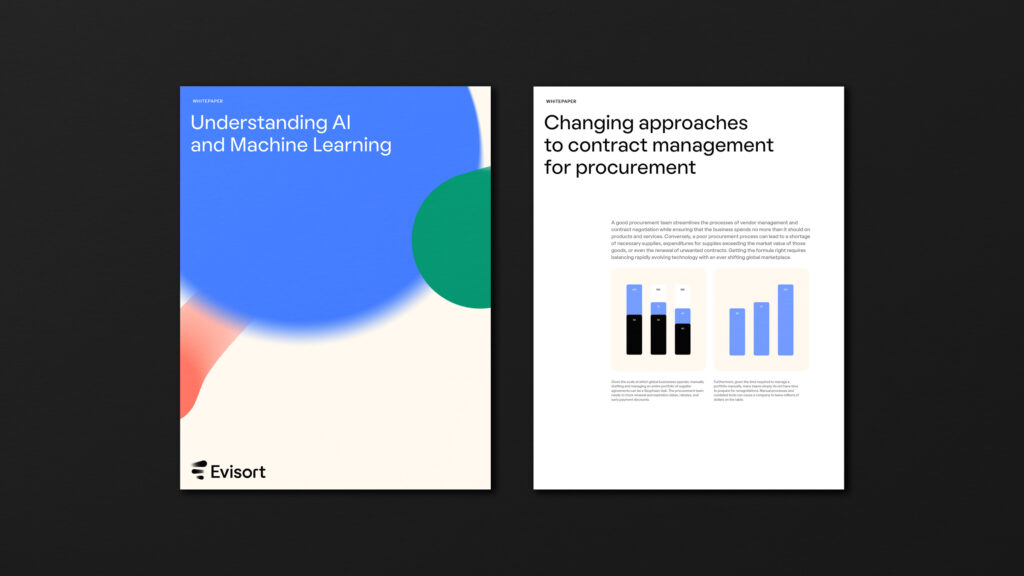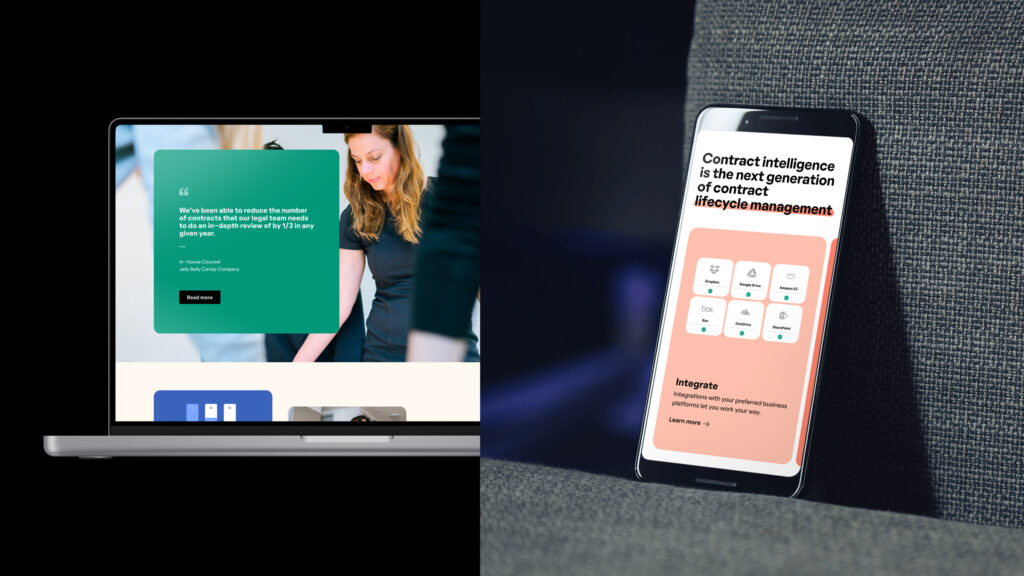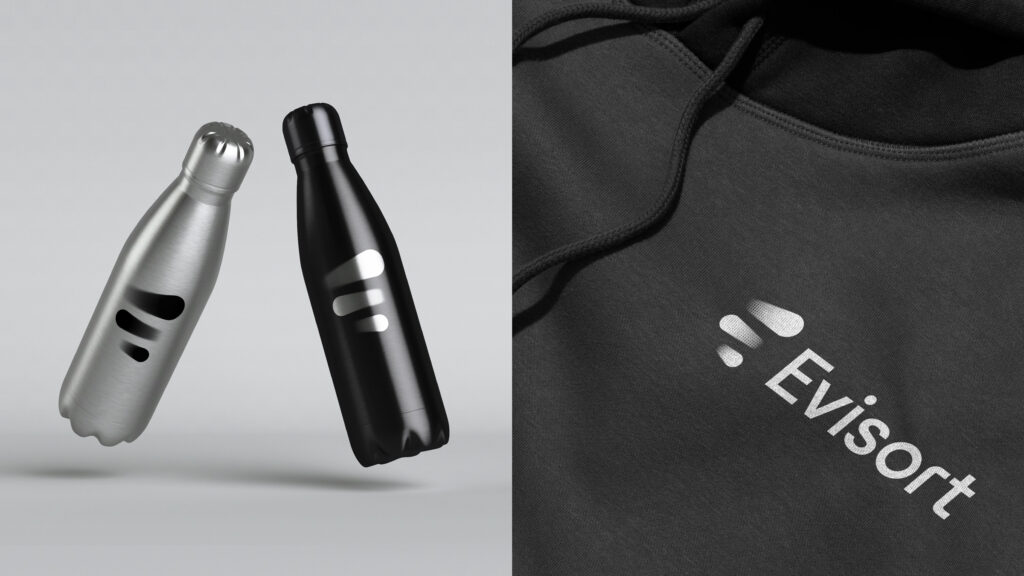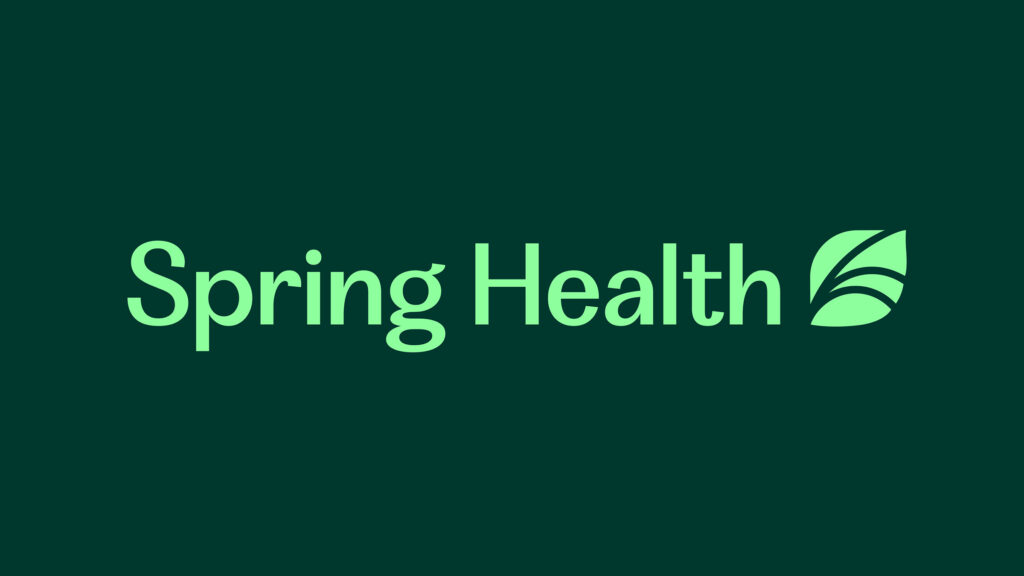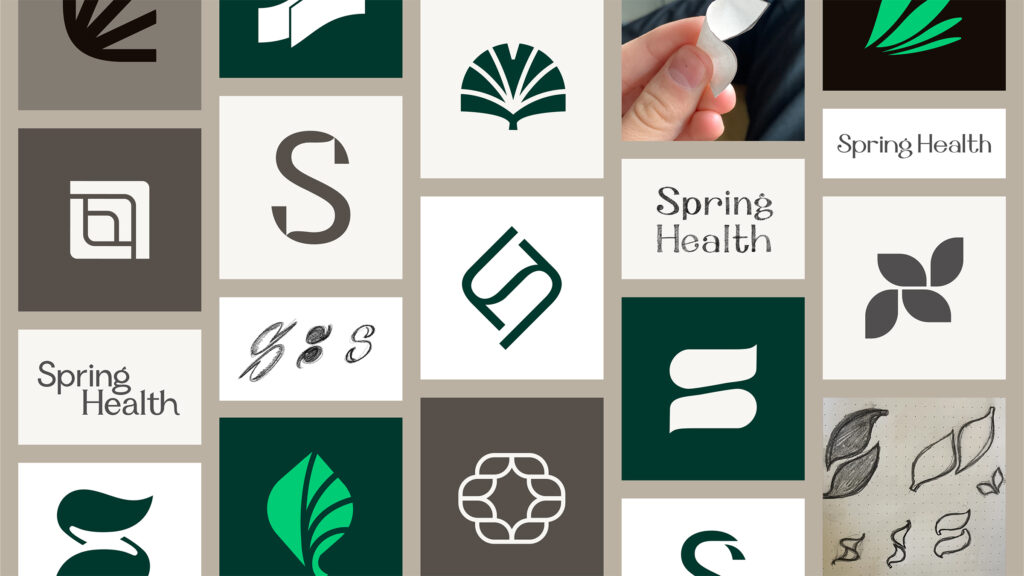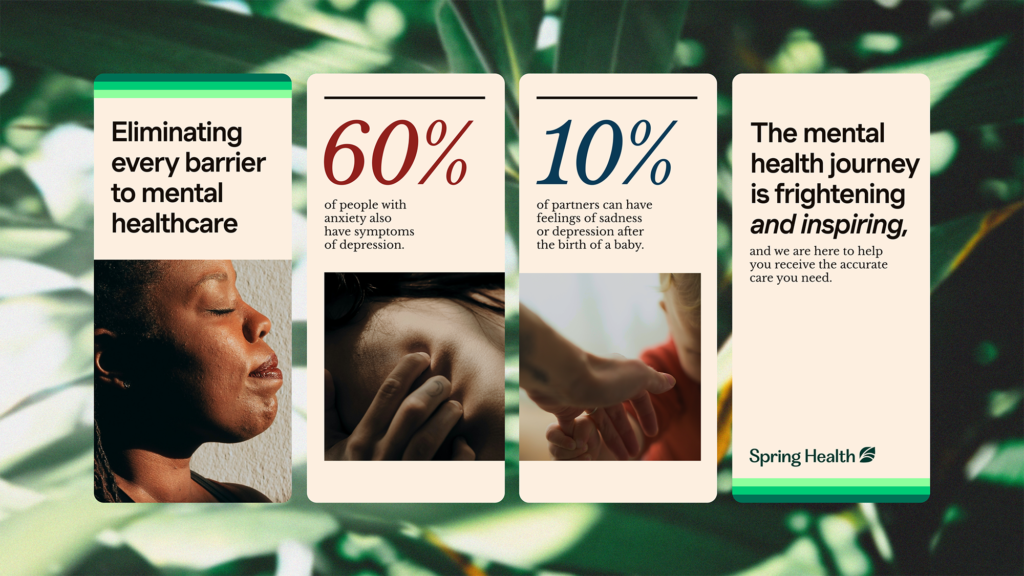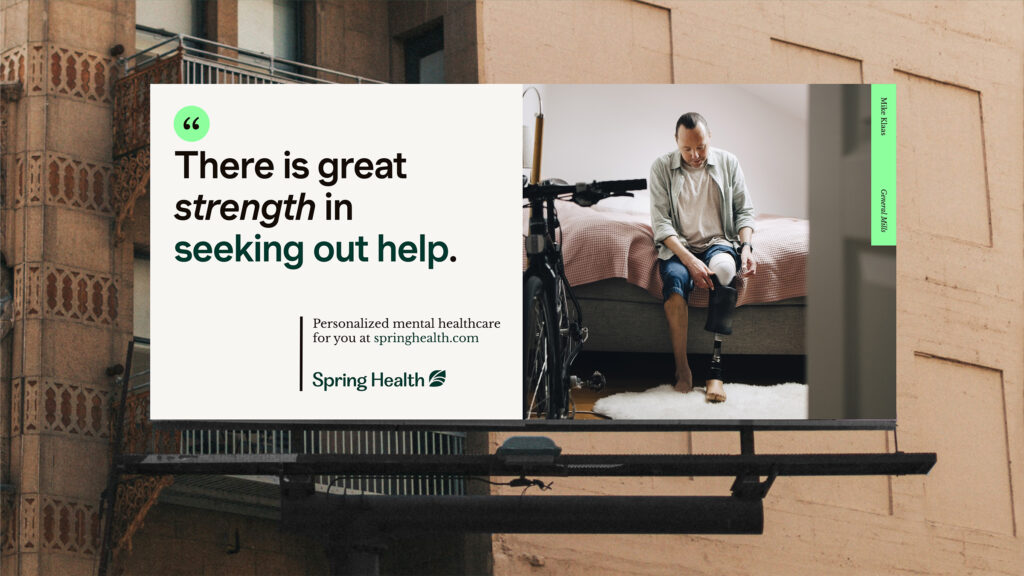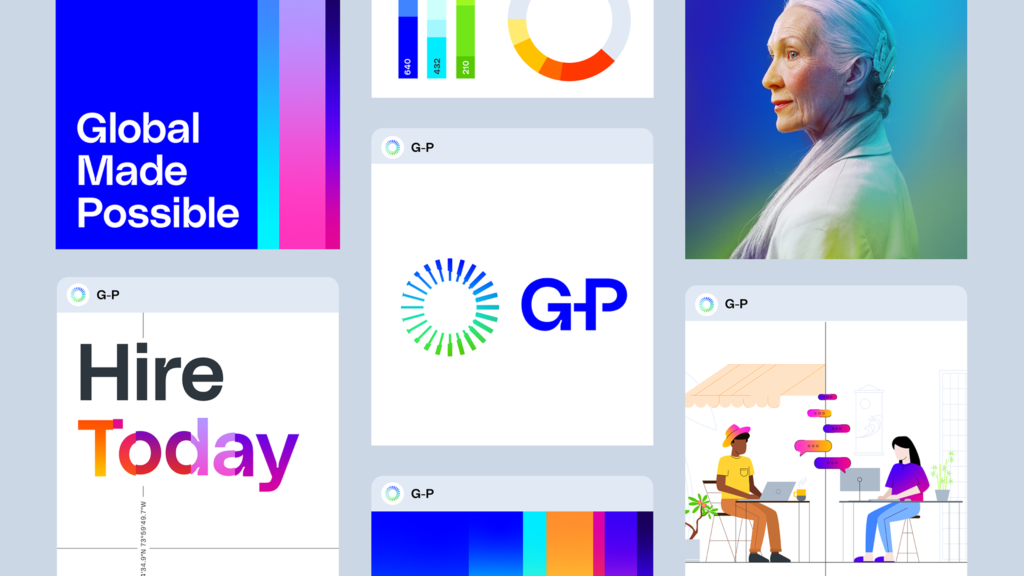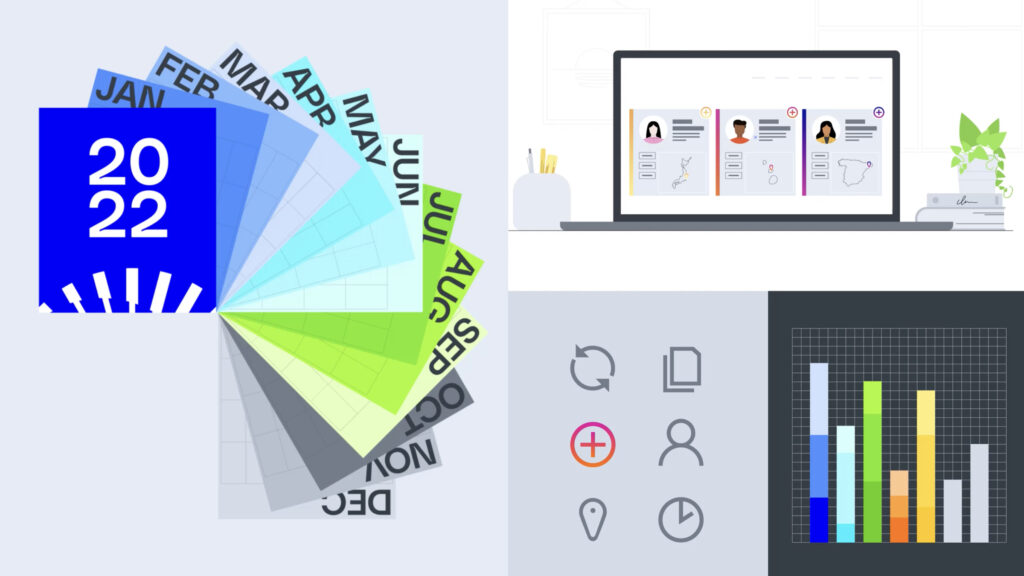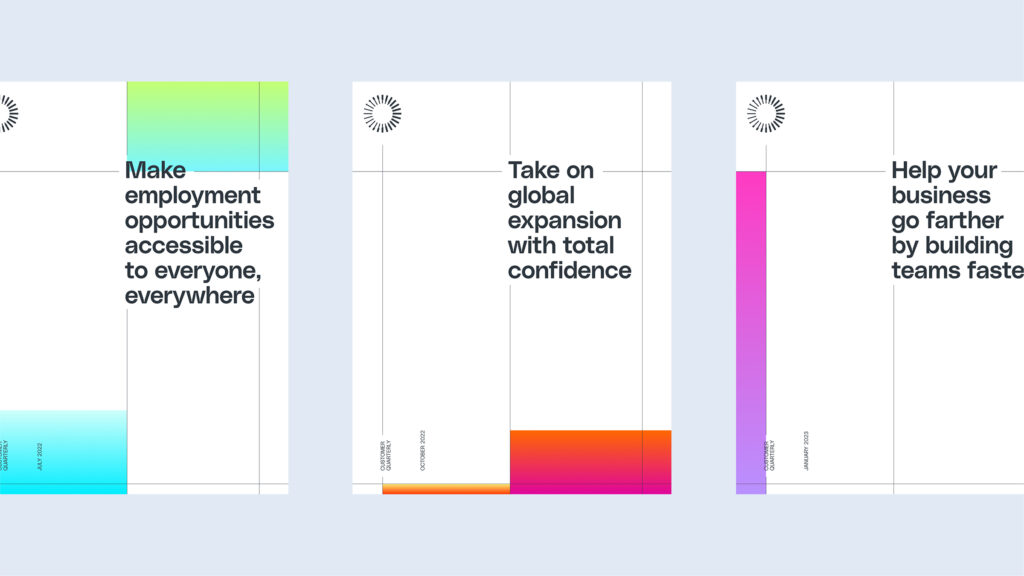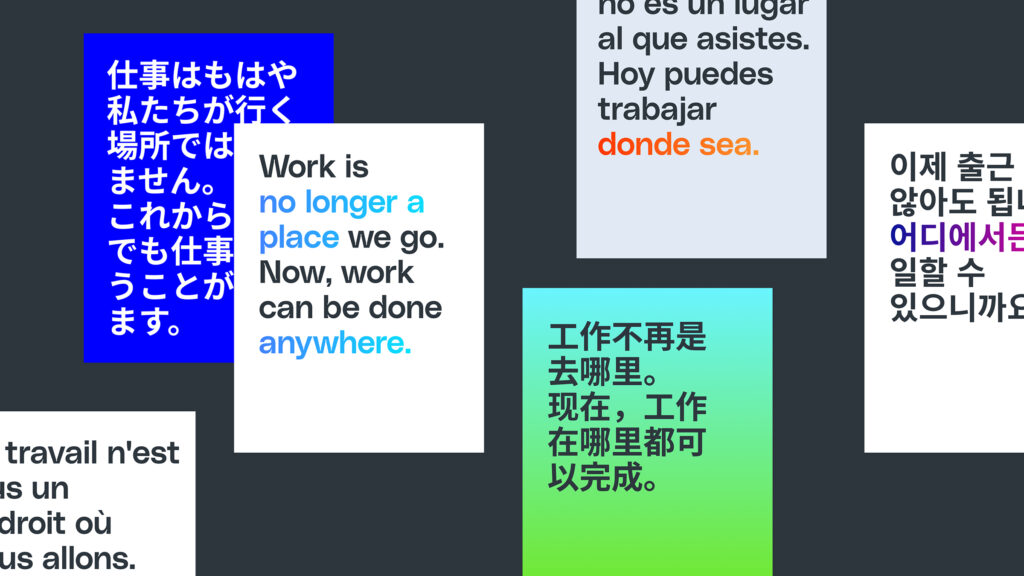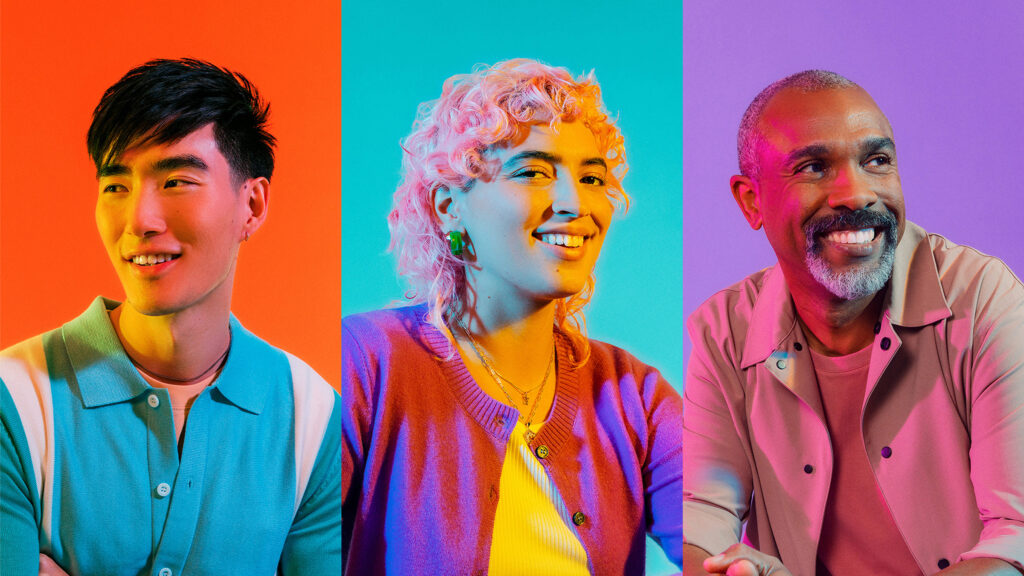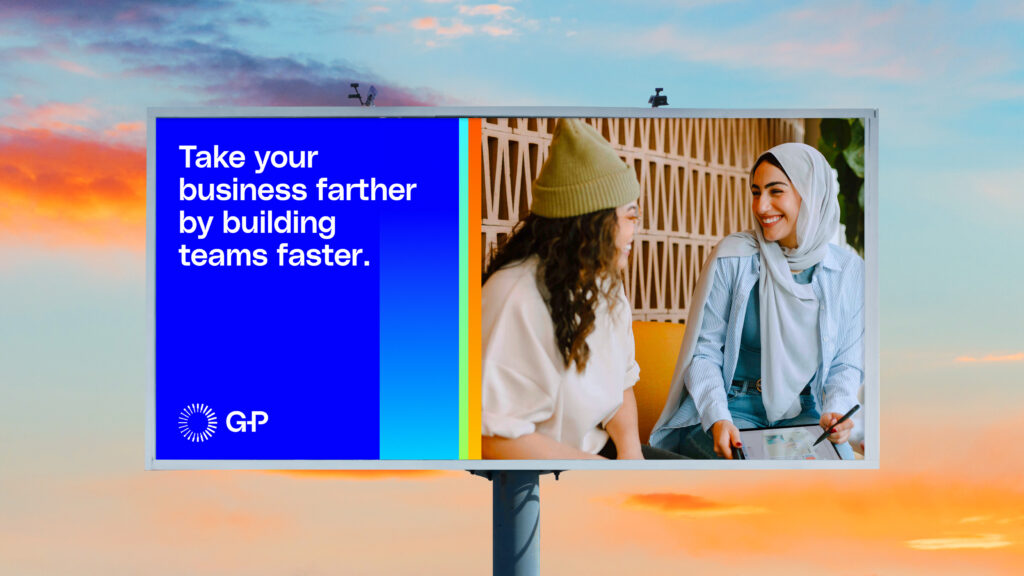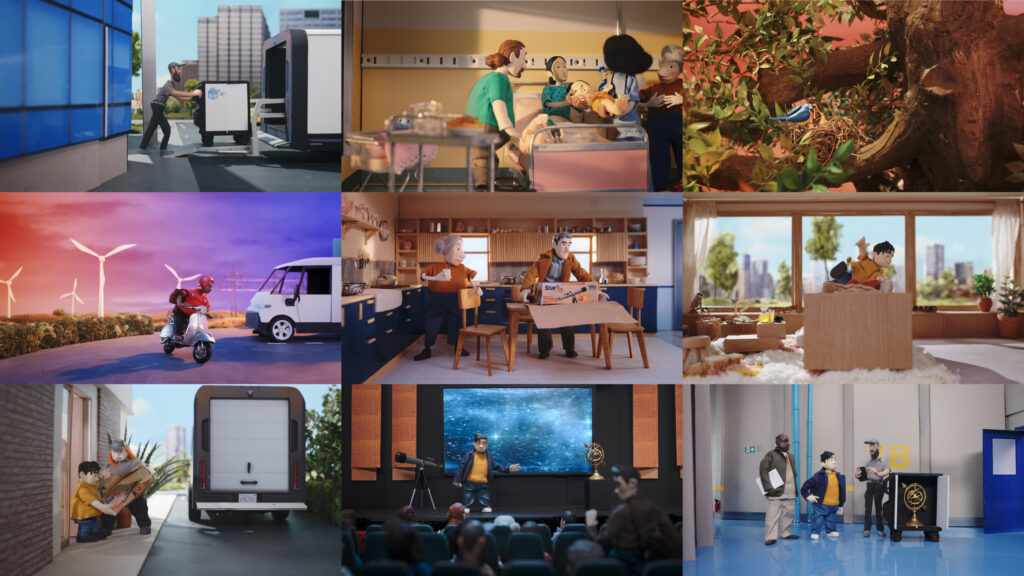Table of Contents:
Profile | PROCESS | RELATIONSHIPS | QUALITY | DIVERSITY
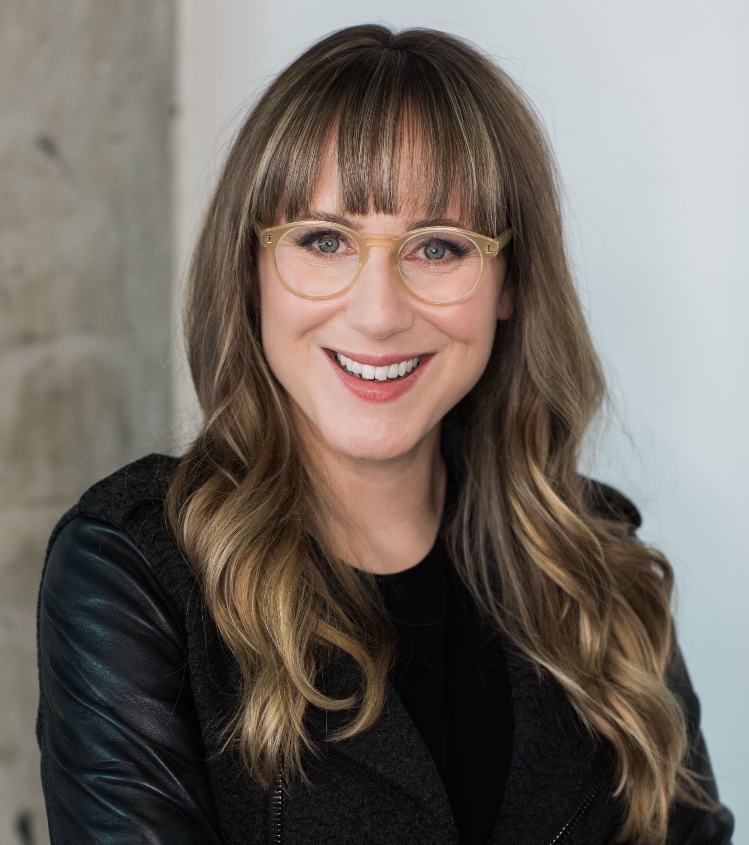
NAME: JEMMA CAMPBELL
COMPANY: LADYSHIP
TITLE: CO-FOUNDER AND CHIEF CREATIVE OFFICER
FROM:UK
CURRENTLY LOCATED: NEW YORK
SPECIALTY OR AREA OF INTEREST: BRANDING
SITE: www.weareladyship.com/
Adam: Let’s start by having you tell me what the creative process looks like for you. From the moment you get a brief. What does it look like from the start through to hand-off?
Jemma: Seeing a brief as the start of a conversation is crucial. It has to be fluid because clients can struggle to fully express their needs in writing. That's why I delve deep, questioning everything and engaging in conversations to uncover layers of understanding beyond the document.
This mix of insights, verbal and written, shapes our approach. Creative, strategic, and management perspectives intertwine, requiring diverse input from various departments.
Unlocking creativity often starts with a single conversation, sparking ideas that shape our vision. Trusting our instincts guide us, especially as we progress in our careers, drawing from years of experience.
Good client relationships are fundamental to success. We delve into their aspirations, challenges, and objectives, ultimately empathizing and collaborating to solve their problems. It's about connecting and making a meaningful impact.
I completely agree, and think that's something that you only understand as you advance in your career. You see how personal the process is and that relationships are the driver.
Absolutely! When you're just starting your career, it's natural to aspire to work for big-name companies. However, these companies typically have well-established in-house teams handling their challenges. In an agency setting, it can be more fulfilling to work with a brand that genuinely requires your expertise. You want to be part of a team where your contribution makes a significant impact, leading to substantial progress and growth.
I listened to an interview years ago with parents talking about their favorite children. The consensus was “my favorite child is the one that needs me the most at the time.”
Yeah, exactly. As you mentioned, as you advance in your career, it's more about making a difference for others. So, the brand itself becomes less important—it's all about the impact you're making, no matter which brand you're working with.
EVISORT IDENTITY - JEMMA CAMPBELL, MOVING BRANDS
Is that the reward, or what makes the project exciting or rewarding for you? The feeling of accomplishment, or having delivered an impact for a client?
It's definitely more than just the creative output being successful. It's also about how it helps people grow and thrive.
Nobody stays in one place; everyone's aiming to move up in their career. Success is also knowing that you were able to support designers and clients reach their personal goals. Whether it's gaining more client interaction or having more independence, that's also a mark of success in my book.
I’d like to hear more about that. Those are things I believe are easier to look at in retrospect. When you're having a new conversation do you have a sense of the key factors you’d like to examine or evaluate as you start to think about your response?
The first thing I notice is how at ease the client feels during our conversation. If they seem anxious or scripted, it's a bit concerning. Part of our initial chats can involve reassuring them and establishing good chemistry. It's crucial they feel comfortable because they'll be reaching out throughout the process with a range of emotions like worry or excitement. I aim to be that supportive person on the other end of the phone or virtual hangout.
It's crucial that clients feel heard and understood. Sometimes, I like to reassure them by saying, "That sounds like a problem I've faced before," or, "I can imagine how frustrating that must be. Let's work together to solve it."
It's all about relationships, and to your point about building that trust. To develop creative, whether it's a brand identity or even a smaller project, you're going to have a lot of back and forth. I'm curious about your relationship to feedback throughout the course of the project.
Absolutely! Real-time feedback is crucial. It saves time, budget, and team energy. We need that feedback loop to stay aligned with the client.
The smoke and mirrors game is terrible for creativity. Feedback keeps us on track and motivated. It's all about authentic communication while building bonds and relationships.
Gone are the days of creative directors hiding away to conjure up ideas. Feedback is a gift. It's part of the job, and we embrace it to improve.
Feedback shouldn’t be viewed as negative. Design is about constantly refining and evolving. Feedback is just part of the process.
Building on the relationship theme, it sounds like feedback is something that's positive and that you welcome. Now, I want to turn that around and ask, what are the biggest challenges to your creative process or development?
One big challenge is when new stakeholders join the process late. Their opinions, while valuable, can steer things off track if they're not up to speed from the start. Finding the right number of stakeholders is key—not too few for diverse perspectives, but not too many to avoid design by committee.
Another hurdle is educating clients on the branding process. Sometimes, they confuse branding with marketing or campaigns, which can lead to misunderstandings and delays.
Our creative process, though clear to us, can be abstract to others. It's about seeing the potential in early sketches and work-in-progress, which can be tough for non-creatives to grasp.
I'm going to shift gears a bit. I want to talk about internal relationships. I don’t think we’re good at telling our clients about how we work together or why the right inputs matter. How do we explain our roles and how we work to people outside the walls of the agency?
Imagine this is the first meeting of the minds. There’s you, the client, and who else is in the room?
When we've won the job and we're kicking off, everyone who's involved in the project is present at that meeting. So you're introducing everyone, the whole design team, all of the strategists, project management, and if it's the initial kickoff we include our Managing Director as well. The MD needs to make sure they're clear on what the agency is being asked to do, and can come in to sense check at a very high level and build the client relationship. Anyone working on the project should attend that kick off meeting.
SPRING HEALTH - JEMMA CAMPBELL, MOVING BRANDS
From an internal perspective, what information do you look for from the other teams? What are you looking for that's going to help with your end of the project?
Hmm, that's a good question.
It's not just about what I'd ask of them, but also what I'd expect. For project management, it's about clarifying communication, requests, timelines, and stakeholder involvement, ensuring everyone's schedules are synchronized. Our project management team is strategically minded, so I anticipate them proactively building client rapport from the start.
I would expect everyone to take notes and not rely solely on project managers to capture information. Even if it's just jotting down a few lines or doodling, a lot can be gleaned from that initial meeting, so pen and paper are crucial.
And let's not forget finding ways to get excited about the project. It's everyone's job, right? We're all responsible for ensuring the work is the best it can be. It's about being in tune and ensuring a clear understanding of the task at hand. That's a team effort in my book.
When do you start sharing some of your creative thinking with your internal team?
It can happen quite early, honestly, because I tend to get excited about so many things, especially when I’m hearing something new. Sometimes, I'll just start doodling in a little sketchbook on the side. I'll invite people to take a look and say, "Hey, I had this thought, what do you think?" And then, their reactions range from "I didn't see it that way" to "That's so cool!"
My purpose is to provide context to the brief and offer up ideas. Ideas should flow freely at this stage, without anyone feeling overly attached to them. I often find that I do my best work when bouncing ideas off someone else or engaging in an exciting conversation.
I believe ideas shouldn't be kept to oneself; they should be shared openly because ultimately, it's never just one person's work. It's always a team effort, and diverse perspectives are crucial, particularly from the standpoint of diversity and inclusion. Different ages, genders, and cultures coming together to enrich the problem-solving process.
So you know, Jemma, it reminds me of a very English phrase you told me years ago. You were describing a difficult person, and said they were “throwing their toys out the pram.”
Now, we've all had teams with extremely talented people, but who are poor communicators. How do you manage situations like that, whether internal or external?
It really depends on the situation and how things are playing out.
When I notice tension or frustration in the group, I try to tackle it head-on. Sometimes, you have to call out the tension right then and there to sort it out. I might suggest switching up our approach or even moving the meeting to ease any tension. But how I deal with it really comes down to the person and their role. If it's something that keeps coming up or if someone's behavior is a bit challenging, I might have a chat with them privately or seek advice from our Chief People Officer.
There's a difference between good tension and just plain old drama. Disagreements, when they're done respectfully, can actually lead to some great ideas. So, I'm all for constructive challenges, and I make sure to give props to anyone who's pushing us forward in the right way.
“Gone are the days of creative directors hiding away to conjure up ideas.
Feedback is a gift.”
Now, let's talk about good versus bad work.
Give me an example of a project that went well. What did the relationship look like from outside the creative department. What did the stakeholders bring to it?
We created a film for a General Motors sub-brand a couple of years ago, and it worked because of the shared trust and passion between us and the client.
Initially, the budget wasn't sufficient. Despite being on a retainer, I felt the film wasn't getting its fair share of funds. So, I had a couple of calls with the client, pitched my idea, and they agreed to invest more.
We audited the competition, crafted a detailed brief, and brainstormed various approaches. Eventually, we settled on a stop-frame motion concept and collaborated with award-winning partners.
Getting the CEO on board was crucial, so we presented our plan with an executive buy-in presentation. With the right budget, story, and execution, it became a standout project that everyone was super proud of. The story was right, and the execution was a thing of beauty.
GP - JEMMA CAMPBELL AND MOVING BRANDS
What about the opposite? Describe what went wrong on another project? What were the pain points?
It's the classic scenario: when the client doesn’t know what they want.
You start off with a clear brief, everyone's on board, and then... I've encountered this situation a few times in my career. It's rare, but it happens. The client agrees to the brief because their boss said so, and then, when the work is underway and everyone's invested, suddenly someone higher up questions everything. It can be frustrating.
You go into a project thinking everyone's on the same page, but then you realize they're not. And it's demoralizing because you've already put in the effort, only to have to start all over again. It's tough.
I remember a project I worked on when I was a Design Director where we faced a similar challenge. There was someone on the client side who kept rejecting our work without giving constructive feedback. It was disheartening, especially when their own creative direction wasn't exactly remarkable.
How should the rest of the agency support creative? If you’re the captain of the ship, what does the support to move it forward look like for you?
I think it boils down to staying on brief, adapting to change when needed, and managing expectations, plain and simple. Also, aim to distill the project into a single compelling sentence.
Amidst all the noise, project complexities, and various opinions flying around, it's crucial to remind ourselves of the end goal. Picture the new brand on the cover of a magazine—what's the headline? Single-minded storytelling is the driving force behind our creativity.
Finally, I want to feed back the key themes that I heard: relationship building, the need for clarity and alignment, and that we're in communication, and the sense of purpose that comes from the work itself. Being relatively selfless, putting our own thoughts aside, and recognizing that we’re here to do work for our clients.
Absolutely. It's not about individual egos taking center stage or dominating the conversation. It's about collaboration and collective effort. It's not solely about personal preferences either. It's not just about how you envision a project aesthetically.
I believe this mentality contributes to everything looking the same. The internet has played a role in this trend, making good design easily accessible. However, good design shouldn't just be about what's trendy or popular on blogs. It's about whether it fulfills the brief and achieves its intended purpose.
For me, what matters most is impact. Some may focus on whether it looks good or will enhance their portfolio, but good design goes beyond aesthetics; it's about functionality and effectiveness. Design is fundamentally about communication and connecting with the right audience.
“[One] hurdle is educating clients on the branding process. Sometimes, they confuse branding with marketing or campaigns.”
GP - JEMMA CAMPBELL AND MOVING BRANDS
Finally, I want to feed back the key themes that I heard: relationship building, the need for clarity and alignment, and that we're in communication, and the sense of purpose that comes from the work itself. Being relatively selfless, putting our own thoughts aside, and recognizing that we’re here to do work for our clients.
Absolutely. It's not about individual egos taking center stage or dominating the conversation. It's about collaboration and collective effort. It's not solely about personal preferences either. It's not just about how you envision a project aesthetically.
I believe this mentality contributes to everything looking the same. The internet has played a role in this trend, making good design easily accessible. However, good design shouldn't just be about what's trendy or popular on blogs. It's about whether it fulfills the brief and achieves its intended purpose.
For me, what matters most is impact. Some may focus on whether it looks good or will enhance their portfolio, but good design goes beyond aesthetics; it's about functionality and effectiveness. Design is fundamentally about communication and connecting with the right audience.
“[I]t's never just one person's work. It's always a team effort, and diverse perspectives are crucial…Different ages, genders, and cultures coming together to enrich the problem-solving process.”
WANT TO HEAR MORE?
Never miss out on future content. Use the form below to subscribe and stay informed about upcoming interviews, be the first to read interview transcripts, and gain insights you won't hear anywhere else.
Your privacy is important to us, and your information will never be shared or sold. Unsubscribe at any time.
